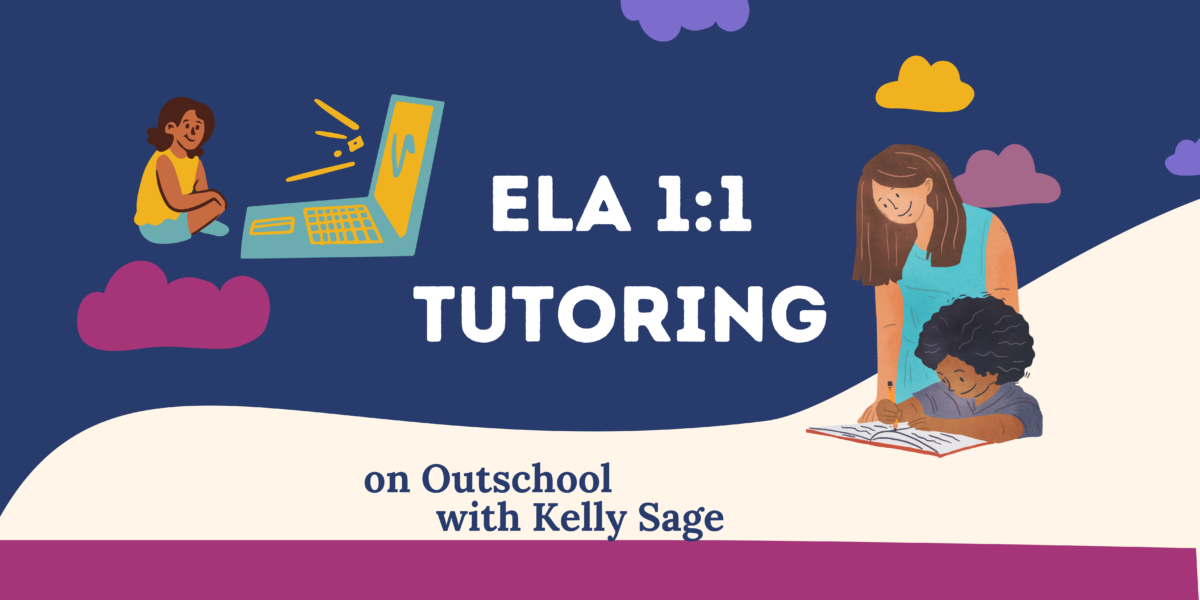Disclosure- Links in this post may be affiliate links. If you click through and make a purchase, I earn a commission at no additional cost to you. Unless noted, if I am reviewing a product, I have been compensated for my time. I write honest reviews. They are not required to be positive. I only recommend the resources we love and use.

I love the simplicity and versatility of an acrostic poem. They are great for writers of all ages and can be used as a writing and reading comprehension tool. The poem’s structure has only one rule: The base is a word written vertically so that each letter in the base word becomes a new word in the poem. Writers can put one word or many on each line. The lines can rhyme but don’t have to. I love to use acrostic poems with little and big kids. Acrostic poems are great starter poems and can be used to help older students review material in a creative way.
Believed to have originated in ancient Greece, the word acrostic comes from the Greek words akros, meaning “at the end,” and stichos, meaning “line.” Due to its secret code-like appearance, it was a popular form in the Renaissance period when ideas couldn’t be expressed freely.
Many famous writers, including Lewis Carroll and Edgar Allan Poe, have written acrostic poems.
Here are some of my favorite ways to use the acrostic poem in the classroom and at home.
The Amazing Acrostic Poem
Before I have my students write poetry, we look at examples. Here are a couple of my favorite books that include acrostic poems.
Where the Sidewalk Ends by Shel Silverstein
Autumn- An Alphabet Acrostic by Steven Schnur
Writing Acrostic Poems
An acrostic poem is a great way for young kids to practice writing, spelling, vocabulary, and expressing their ideas. They can write an acrostic poem about anything, but I often invite them to write about:
- Themselves, using their first name or entire name if they are interested and old enough
- The people they love. (Every mom loves a MOM acrostic poem. They make great gifts!)
- Their pets
- Their favorite toy, color, place, holiday, food…
As kids get older or are ready, I use acrostic poetry to help them discuss important ideas, characters, themes, and symbols in the books we read.
For example, when reading Two Degrees by Alan Gratz, students might write an acrostic poem using the base word Climate Change to learn about what climate change is and show how it’s impacting the characters in the novel.
Acrostic poems are a great way to get to know students or help them learn about one another. They can help students review terms and historical events and are just a fun way to play with writing!

















